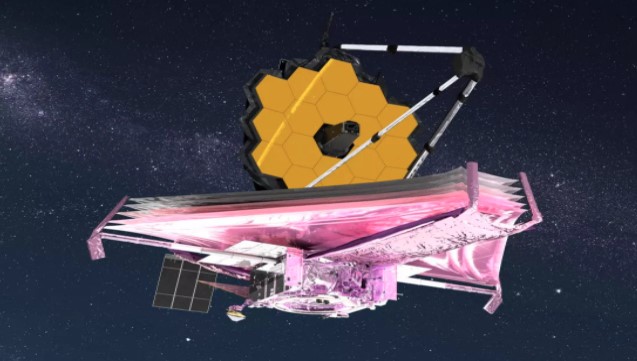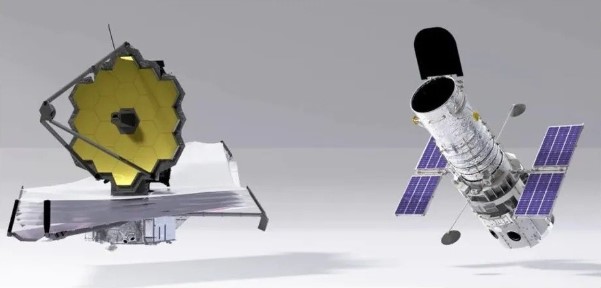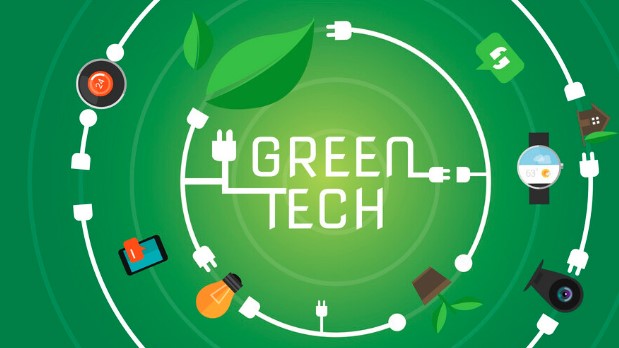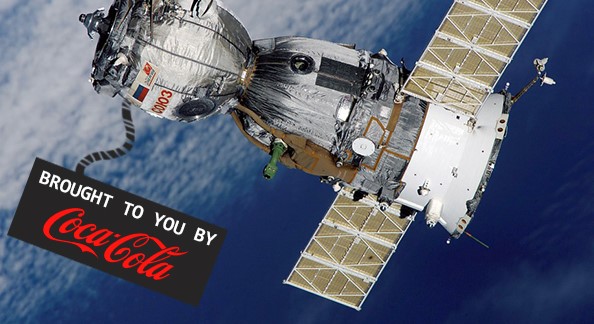James Webb, the Most Powerful Telescope of NASA’s History ready to Explore Remote Parts of Space

After a series of trials and errors, NASA, finally, has completed the making of its revolutionary James Webb Space Telescope on December 24. This high-tech capacity telescope is the successor of the legendary Hubble Telescope and is aiming to pave the way for our knowledge of space to a new horizon.
Getting prepared for launching, needed decades of work. Soon, the James Webb Space Telescope would keep its eye on the universe and make both astronomers and general people fascinated at the same time.
James Webb Telescope All Set to Go
Mark Voyton, the Web observatory integration, and test manager at NASA’s Goddard Space Flight Center signify the launching of the James Webb Telescope as his significant life event.
He would be very happy when this is successful, but it’ll also be a time of deep self-observation, he said. He has been waiting for that moment for twenty years, he added.
This Telescope is equipped with unprecedented infrared imaging power. In addition, it’s integrated with state-of-the-art machinery. As a result, James Webb Space Telescope will travel 1 million miles from earth and provide scientists access to the deepest, darkest corner of space.
It has the elements to peer past the cosmic dark ages. Besides, it could discover the first specs of light to flood space. From behind the dust clouds, it can see the stars which even Hubble itself couldn’t pierce.
Discovering supermassive black holes with great accuracy, detecting galaxies unobservable to the naked eye, and charting the planetary systems for discovering habitable exoplanets—all are included in James Webb’s mission.
In terms of distance, the 1989 Cosmic Background Explorer studied greater distance than Webb would. But, according to John Mather, senior project scientist for the James Webb Space Telescope, this telescope has a distinct mission.
It was designed to see a period of the history of the universe that we have not seen yet, informed John Mather.
Looking up at the stars from two separate places and environments is not the same. For instance, doing it from a light-studded New York City and then from a dark forest glen is obviously different.
Unfiltered by light pollution, you’d see much more sparkles when you see it from a purely natural environment. Imagine what it would be like to view the universe from deep space, unfiltered and unhindered.
One day, this unique and most powerful telescope may answer the very question: are we alone in the Universe?
James Webb Space Telescope vs. Hubble

Named after James Edwin Webb, the former renowned administrator of NASA, James Webb Space Telescope is the joint effort of NASA, the European Space Agency (ESA), and the Canadian Space Agency (CSA).
Surely, there is no doubt about the capacity of the Webb Telescope. According to Klaus, Pontoppidan, the Webb project scientist, the telescope would take amazing images, better than what Hubble did.
So, What are the differences between the two giant scientific tools? How will its photos be compared to Hubble?
In April 1990, the Hubble Space Telescope was launched into the low orbit of Earth. Since that, it was running its operation successfully for the last three decades.
In this period, the famous observatory expanded our ideas of space and made us excited with the mind-boggling images it collects. Once, the mysterious and abysmal part of the universe became known to our eyes.
We could watch the cosmic elements in such a way that hadn’t been possible before.
However, the operation and working process of the James Webb Space Telescope, scheduled to launch on December 24, will be a bit different. It has a giant gold mirror and infrared light observation tools.
With these, it can see objects that Hubble couldn’t. In terms of searching and detecting objects, it’s 10 to 100 times more powerful than the power of Hubble.
This matter has been clearly stated in the NASA fact sheet. According to the sheet, the images Webb will capture would be detailed and spectacular.
Not the replacement Telescope
Its often thought that James Webb Space Telescope is the replacement or successor of Hubble. However, the matter is despite some glitches over the last few years, the scientific instruments of Hubble are going on well.
Moreover, the interesting fact is the two telescopes are set in space to do the job of observation together.
Hubble is located in low Earth orbit and very close to the planet, while Webb will travel out much further. It would be 930,000 miles from Earth. It’s one-tenth of the distance of the Sun from the Earth and known as Sun-Earth Lagrange point 2. (L2).
In addition, despite both being large space telescopes, the two, in fact, see the universe in very different ways.
In a press conference in the middle of this year, Klaus Pontoppidan, Webb project scientist at the Space Telescope Science Institute said that the images taken by James Webb Space Telescope would be basically different because of its different wavelengths.
Hubble’s observation of light is primarily optical and based on ultraviolet wavelengths, while Webb primarily detects infrared light.
While Hubble observes light at primarily optical and ultraviolet wavelengths, Webb is designed to detect primarily infrared light.
By detecting infrared light, Webb will capture beautiful images of unique quality.
Pontoppidan exclaimed that it’ll be fantastic; however, it’s very difficult to predict what it would look like, he stated.
In terms of look, it would be very, very different from Hubble,” Pontoppidan Added. “The more the wavelength, the more the stars get faded; however the interstellar clouds will come out brighter.
I think you don’t want images that look blurry. But, if you just go a little into infrared…the dust would get lighted up in thermal light. So, you’d get a shining nebula.”
The Power of Infrared
Hubble has been active for decades and provides extraordinary images that have the same sharpness as Webb’s. According to the fact sheet of NASA, Webb’s angular resolution or sharpness of visibility will be identical to Hubble’s.
What’s like the sharpness of James Web Space Telescope Webb? For example, the resolution of the web would allow it to see even a penny-size coin from twenty-four miles away.
However, despite having almost the same features, there’s a big difference in the size of the large mirror. It’s much bigger in Webb, which is 21.3 feet (6.5 meters) wide, compared to 7.8 feet (2.4 meters) in Hubble.
In essence, James Webb Space Telescope will give that kind of advantage, which the previous telescopes could not be able to do.













